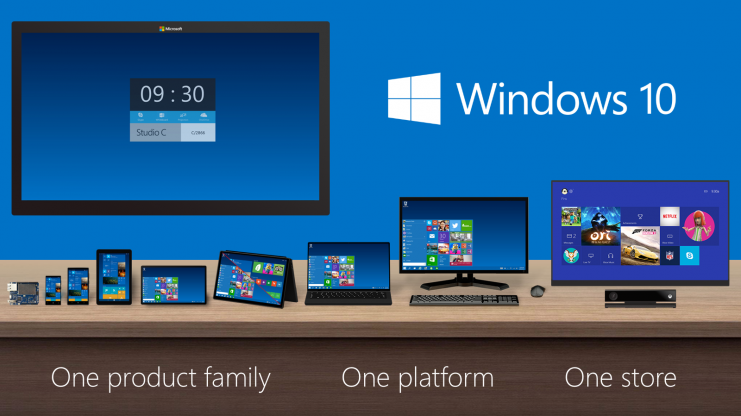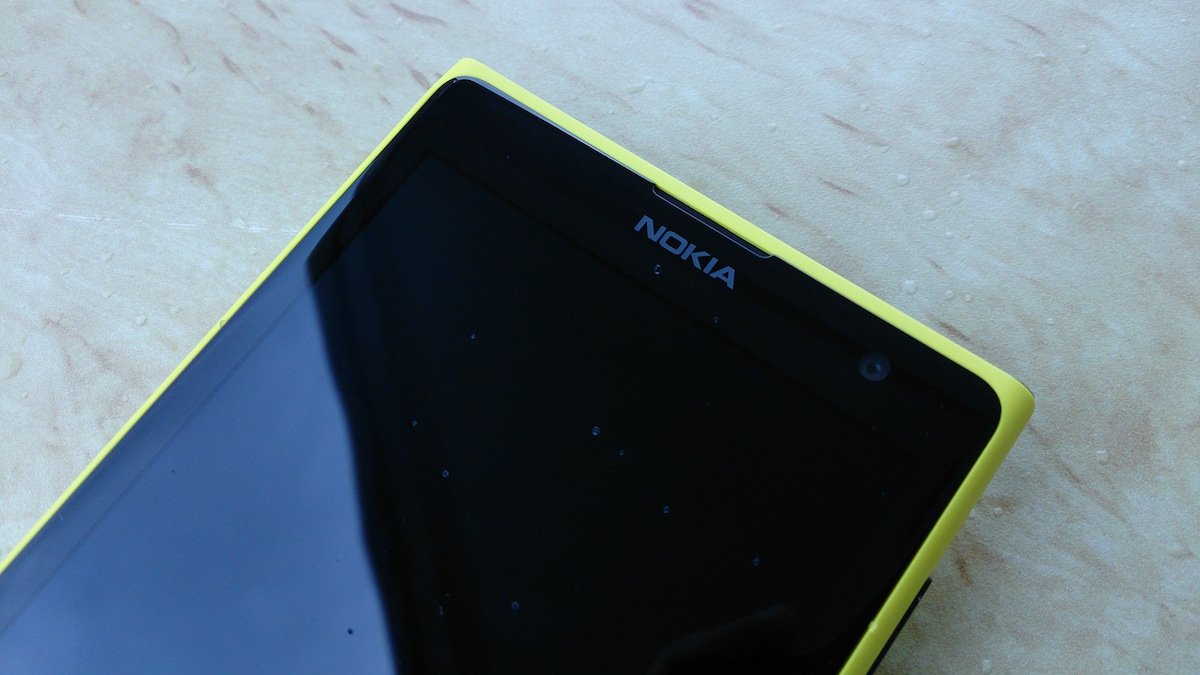
And yes, this is particularly apt when discussing Windows Phone; the word “soon” has been so overused by Microsoft in their communication about platform developments that it has become a Reddit meme.
In the (roughly) 24 hours since Microsoft released Windows 10 Mobile build 10586.164 to a subset of existing devices running Windows Phone 8.1, there has been an outpouring of disbelief, anger and grief from users of older hardware that have been left out in the cold. Subsequent confirmations from official channels, including Microsoft’s Gabe Aul and the Windows Insider account on Twitter have made it abundantly clear that the devices that were announced as being supported for an official upgrade to Windows 10 Mobile are the only devices that will ever be supported on the new OS. This leaves out the single most popular Windows Phone device, the Lumia 520, stuck on Windows Phone 8.1 as well as the much-loved 920, 925 and 1020 PureView smartphones.
Now, from sixteeen months ago:
@_Y06_ There will be Windows 10 upgrades for all Lumia Windows Phone 8 devices :) And we will release new Windows 10 models in the future!
— Lumia (@Lumia) November 11, 2014
One could argue that the Snapdragon S4-powered devices are very much getting on in age at this point, but that does not explain why the Lumia 1320, HTC One M8 for Windows and even the Lumia Icon will be left behind on Windows Phone 8.1. Given that Microsoft had spent much of 2014 and 2015 stating repeatedly that Windows Phone 8.1 devices will not be left behind in the push to Windows 10 Mobile (despite Steve's sage doubts here on AAWP), I can empathise with the shock that many of us in the community, particularly those who spent much of the past year testing often-cranky Insider builds, feel today. It even seems rude on Microsoft’s part that they would pull the plug in such sudden fashion after making their users wait expectantly through months of delays to the Windows 10 Mobile rollout.
@rafalangeloh2 I understand your disappointment. It's why we don't announce builds or products early. Change happens so quickly. ^JH
— Windows Insider (@windowsinsider) March 18, 2016
On the other hand, I have to admit that, just like Steve, I am not particularly surprised by this development. Cases of companies refusing to issue software updates to older software have existed since the beginning of smartphones. Coming from the Android world where non-Nexus devices aren’t guaranteed major operating system upgrades, not running the latest version of Android is seen as a norm rather than an exception. The difference between a Samsung Galaxy S3 not running Marshmallow and a Nokia Lumia 920 not running Windows 10 Mobile, however, is that Google’s Play Services framework ensures that the latest versions of Google apps, especially the Chrome browser, along with the vast majority of offerings in the Play Store run just fine on that 2012-era Android phone.
Meanwhile, the Lumia 920 will not only have to make do with Internet Explorer 11, it is also questionable as to whether the new UWP apps coming out will ever all be compatible with Windows Phone 8.1. Based on my experiences with Windows Phone 8.1 on my Lumia 930 and subsequently Windows 10 Mobile on the same device, I doubt so. Simply moving from WP8 to W10M has allowed me to access vastly-improved versions of third-party apps such as Nextgen Reader, Baconit, Twitter and even Facebook, which have spiffy new interfaces and updated UI elements. There is little life left in the legacy WinRT/Silverlight platform as existing Windows Phone developers have readily embraced UWP and the new chipsets moving forward.
@DrKumarSS @NorthFaceHiker Higher % of reports of performance issues, lower % of votes of likely to recommend
— Gabriel Aul (@GabeAul) March 17, 2016
Gabe provides reasonable justifications for excluding older Windows Phone devices from the Windows 10 Mobile upgrade, stating that it was indeed the feedback provided by Windows Insiders about the non-optimal level of reliability, stability and performance of Windows 10 Mobile on those devices that led them to make such a decision. Yet that has done little to quell the heightened emotions of Windows Phone fans and arguably demonstrates why it was never a good idea to commit to upgrading “the majority of” Windows Phone 8 devices in the first place. Promises made about major software projects well in advance of their release tend not to come to fruition. Indeed, with reports of how Windows 10 Mobile was running on devices like the Lumia 1020 being largely negative as late as December 2015 (and beyond), I could not imagine how Microsoft would magically optimise everything in time for a Q1 2016 release.
@M_Sabouhi We're supporting devices that deliver the best W10M experience. Some older devices, esp. single core and 512MB not supported
— Gabriel Aul (@GabeAul) March 17, 2016
I find myself loathe to blame Windows Phone enthusiasts for being upset with Microsoft’s Windows 10 Mobile rollout plans. It does sting more than a little when bottom-tier devices like the Lumia 435 are receiving the upgrade as we speak while a Lumia 1020 is essentially obsolete from a software perspective. I do understand why comparisons to the transition from Windows Phone 7 to Windows Phone 8 (in which all WP7 devices were left behind) are being made right now. It is disappointing, frustrating and ultimately feels like an utter letdown. You do have the right to be angry at Microsoft for yet another shattered promise, for dashing your hopes once again, for having made you believe for the best part of a year that you would be supported well into this third era of Windows Phone.

Yet, no matter how we feel, Microsoft ultimately continues doing what Microsoft does. And it's probably right. If you still own an older Windows Phone device and are not able to get a new phone, you have the option of either staying on Windows Phone 8.1 and missing out on the Edge browser and the far more robust UWP apps, or sticking with with the Insider programme on which you will receive a few more updates to Windows 10 Mobile build 10586.x and no more, at the cost of system performance and stability. If neither option sounds all that good to you, that’s because they really aren’t.
It is indeed heartbreaking, more often than not, to be a Windows (Phone) fan.
